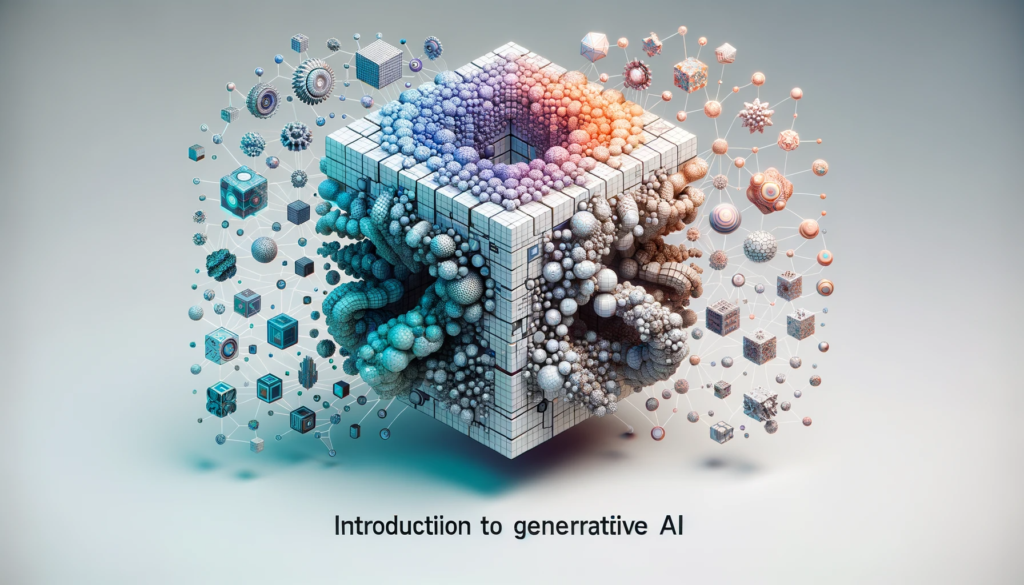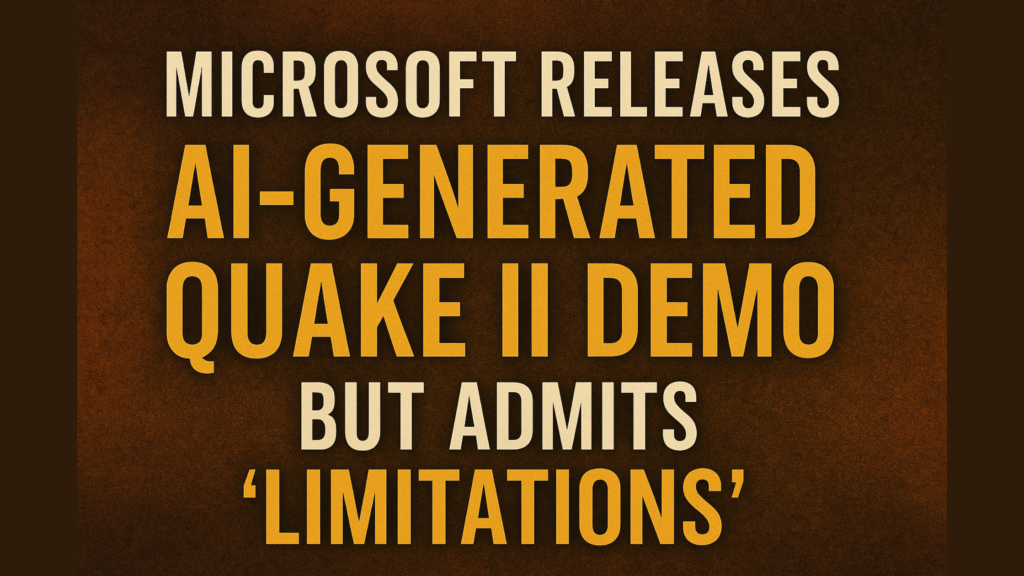Imagine a humanoid robot folding clothes, unzipping bags, or assembling a belt – all instantly, with no internet connection. Now imagine it understands your instructions and performs those tasks in real time, without needing the cloud. That’s the promise of Gemini Robotics On‑Device, the newest advancement from Google DeepMind.
Unlike traditional cloud-reliant robots, Gemini On‑Device runs entirely locally, combining vision, language, and action into a single compact model. It allows robots to operate with millisecond-level decision-making, making them not only fast and smart but also privacy-safe and offline-capable.
Let’s break down what makes this such a major shift for the future of robotics and AI.
What Is Gemini Robotics On‑Device?
Gemini Robotics On‑Device is a vision-language-action (VLA) model built specifically to run on a robot’s internal hardware, no cloud server, no external AI processing.
While it draws inspiration from its cloud-based cousin Gemini Robotics, this local version is almost equally powerful, yet optimized for on-device speed, security, and usability.
Key Capabilities:
- Understands language prompts and connects them to real-world actions
- Learns from just 50–100 demonstrations, including fine motor tasks
- Capable of actions like bag opening, clothes folding, and belt assembly
- Performs tasks with real-time responsiveness on hardware like Franka FR3 and Apptronik Apollo
Why On‑Device AI Is a Game-Changer for Robotics
1. Real-Time, Low-Latency Response
Because the AI model runs entirely on-device, the robot doesn’t need to communicate with a cloud server for every action. This results in millisecond-level reaction times, critical in environments like:
- Manufacturing floors
- Hospitals
- Elderly care
- Autonomous warehouses
2. Full Privacy & Security
All visual and language data stays on the robot. This eliminates the risk of sensitive information being transmitted over the internet, making these systems ideal for:
- Healthcare
- Defense
- Child-focused or educational robots
3. Offline Operation
Robots powered by Gemini On‑Device can work in remote or restricted areas, such as:
- Underground mining sites
- Aerospace environments
- Disaster recovery zones
No Wi-Fi? No problem.
4. Rapid Learning with Few Examples
One of the most remarkable capabilities is its few-shot learning. Using the public SDK, robots can be trained on just 50–100 demonstrations. This reduces development time and makes it practical for smaller teams to teach robots custom tasks.
How Gemini On‑Device Works
To enable such high performance directly on robotic hardware, DeepMind uses several advanced techniques:
Model Compression & Quantization
By reducing model size without sacrificing performance, the Gemini model fits within the memory and compute limits of edge devices.
Hardware-Optimized Inference
Using hardware accelerators like TPUs or embedded GPUs, the AI runs inference extremely efficiently and responsively.
SDK & Simulation Training
Google provides a powerful SDK (currently in early access) that includes tools like MuJoCo, allowing developers to simulate and fine-tune task behaviors before deploying them to physical robots.
Built-In Safety Systems
Following DeepMind’s AI Principles, Gemini On‑Device is built with semantic and physical safety measures, with benchmarks like ASIMOV to ensure reliability in the real world.
Real-World Robots Powered by Gemini
| Robot Platform | Task | Use Case |
|---|---|---|
| ALOHA (DeepMind) | Model training, internal testing | Research & demo development |
| Franka Emika FR3 | Bag opening, clothes folding, assembly | Industrial automation |
| Apptronik Apollo | Humanoid demos and manipulation | Manufacturing, warehouse ops |
These early deployments show that Gemini On‑Device isn’t just for the lab—it’s already being used in field-ready robots with real-world functionality.
How Gemini Compares to Other Models
| Model Type | Pros | Cons |
|---|---|---|
| Gemini Robotics (Cloud + Device) | Most powerful, scalable | Needs internet connection |
| Gemini Robotics On‑Device | Fast, offline, private, reliable | Slightly less capable than cloud |
| Other On‑Device Models | Lightweight | Poorer dexterity and adaptability |
Gemini On‑Device strikes the perfect balance between intelligence, privacy, and responsiveness, putting it well ahead of competitors in the on-device robotics space.
What’s Coming Next?
SDK Rollout to Public
Currently in private testing, the SDK will soon be available for broader robotics communities and developers.
More Robot Hardware Support
Expect Gemini On‑Device to expand support across various platforms, including mobile robots, drones, and other autonomous machines.
Enhanced Safety & Compliance
DeepMind is also improving AI safety tools, especially for robots in close human contact. Future updates may include regulatory-compliant models and real-world fail-safes.
Conclusion: A Turning Point in Robotic Intelligence
Gemini Robotics On‑Device isn’t just a demo of technical prowess, it’s a foundational leap in intelligent automation. By enabling private, responsive, and offline AI-powered robotics, Google DeepMind is leading the charge toward making robots more practical and accessible across industries.
Whether it’s factories, homes, or hospitals, these next-gen robots will no longer be cloud-dependent—they’ll be smarter, safer, and ready to act independently in the real world.
As the SDK rolls out and the hardware ecosystem expands, we’re entering a future where your robot co-worker could learn from just a few examples, and respond faster than your smartphone.

